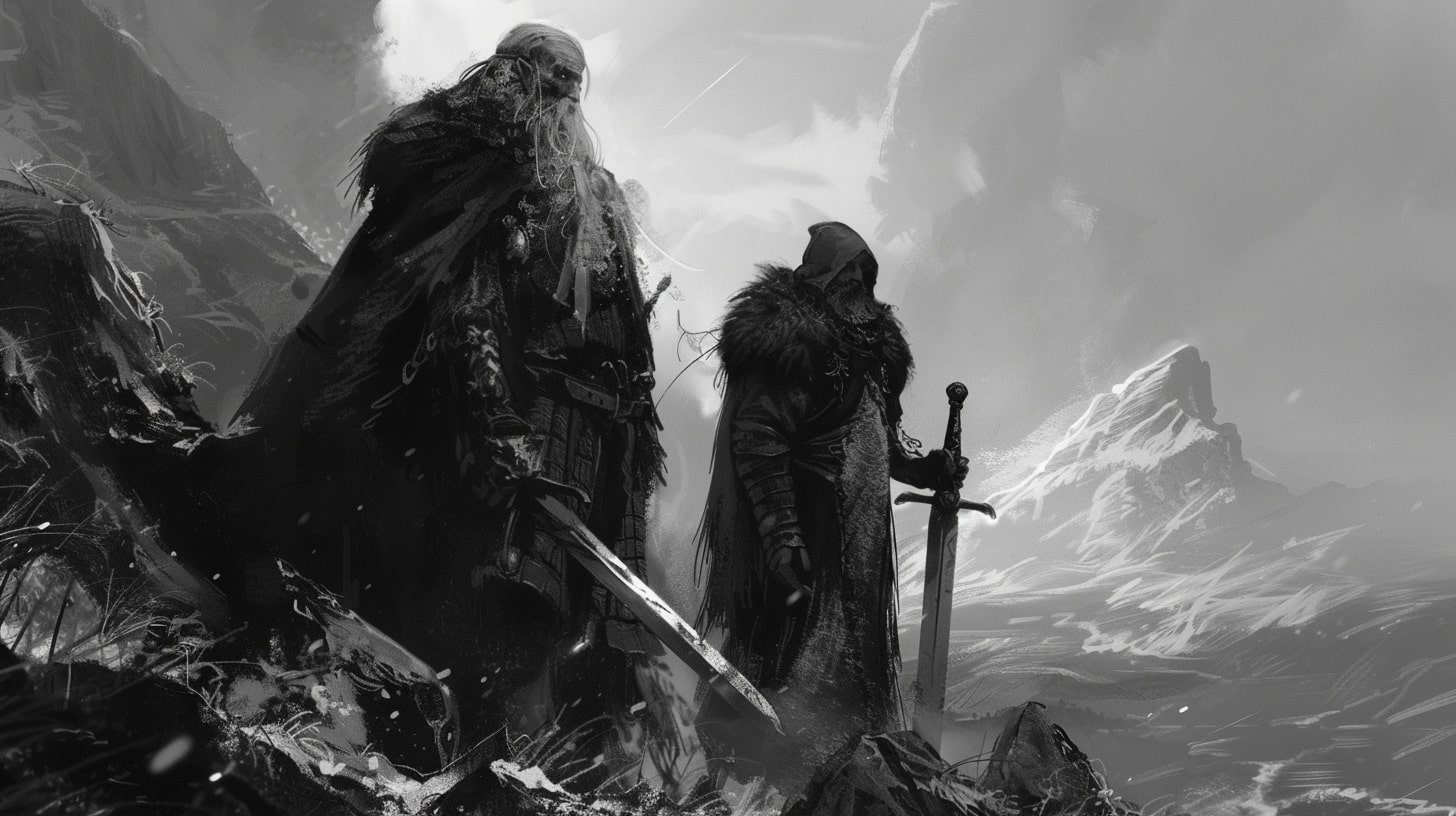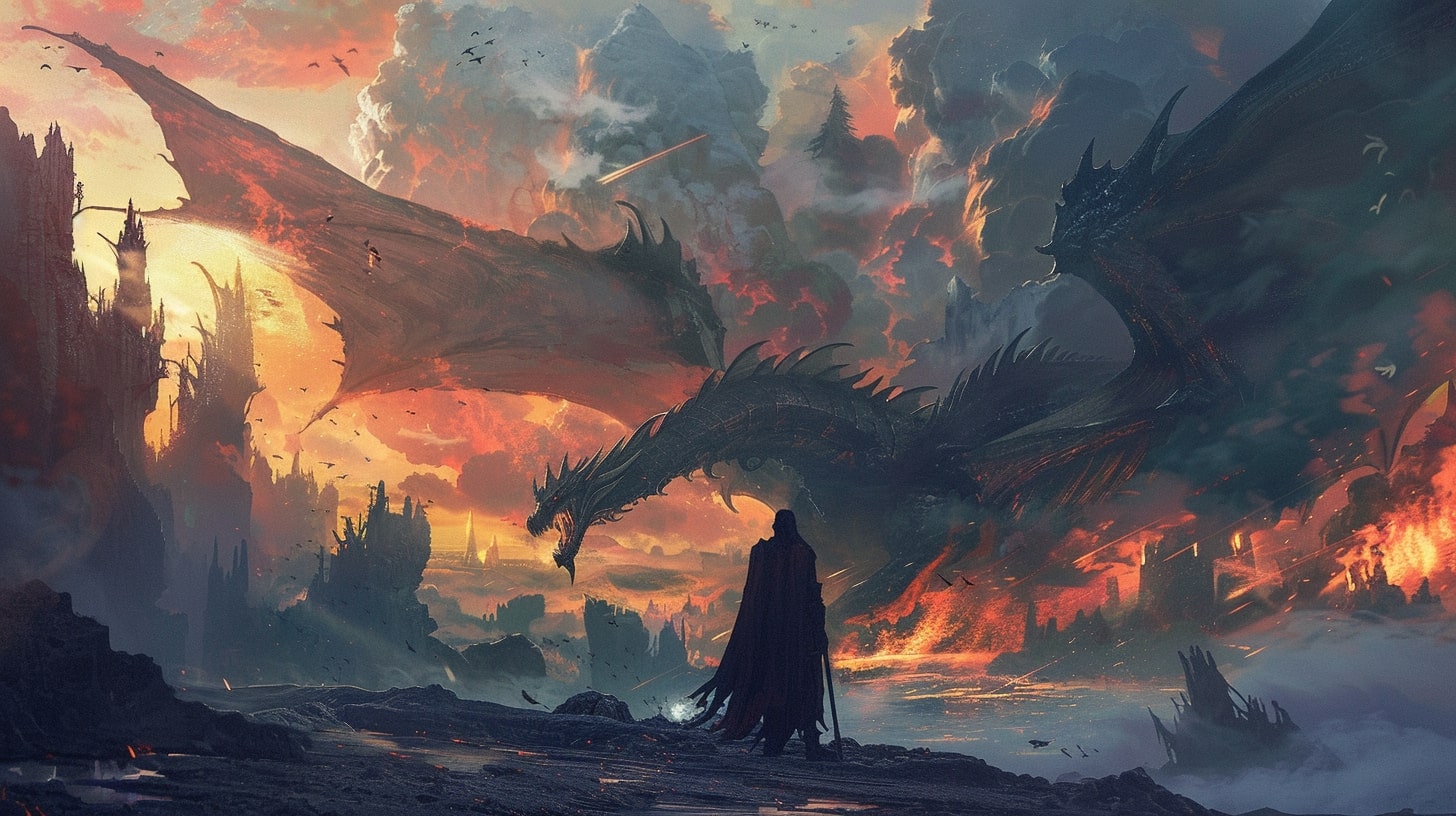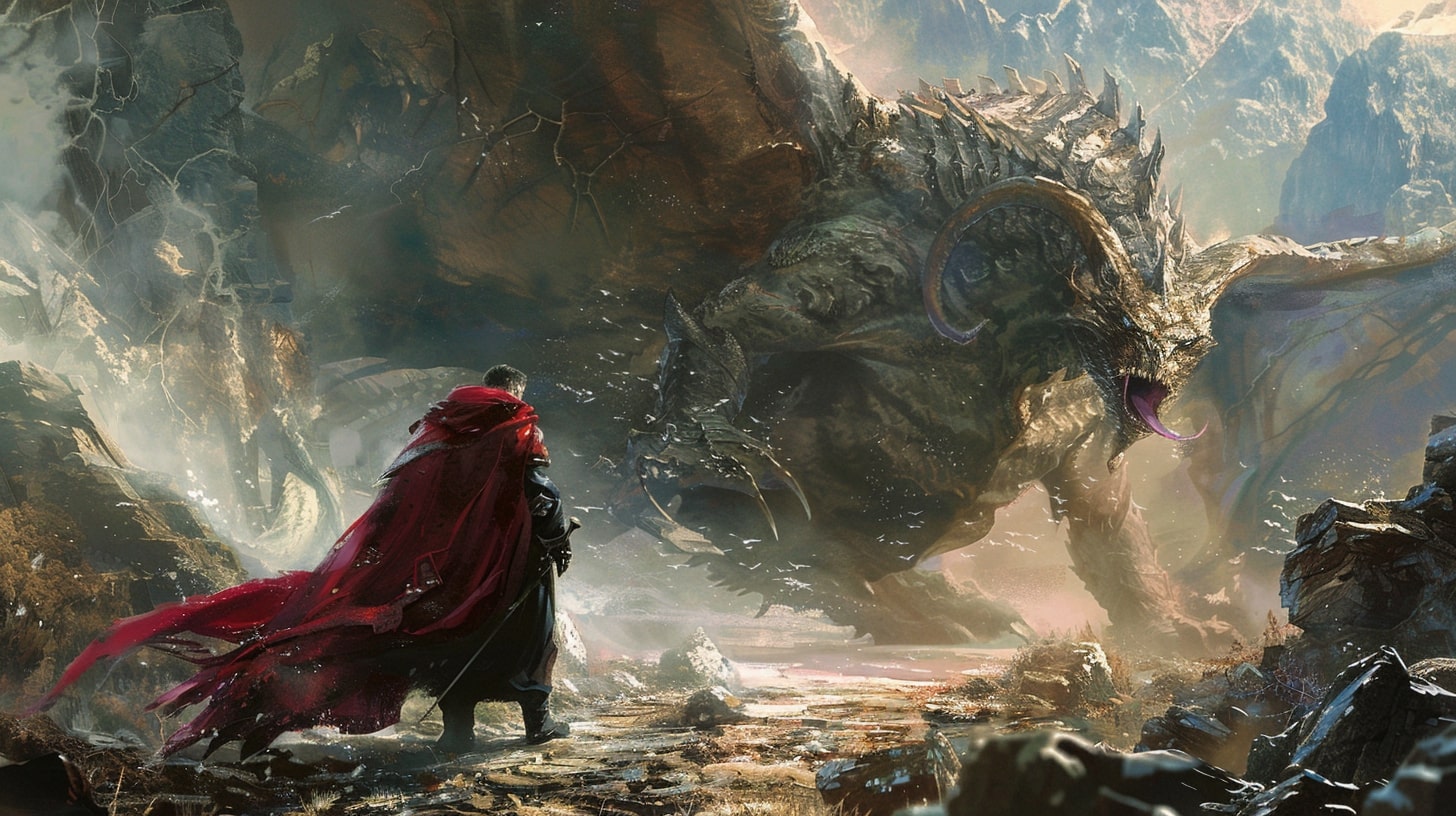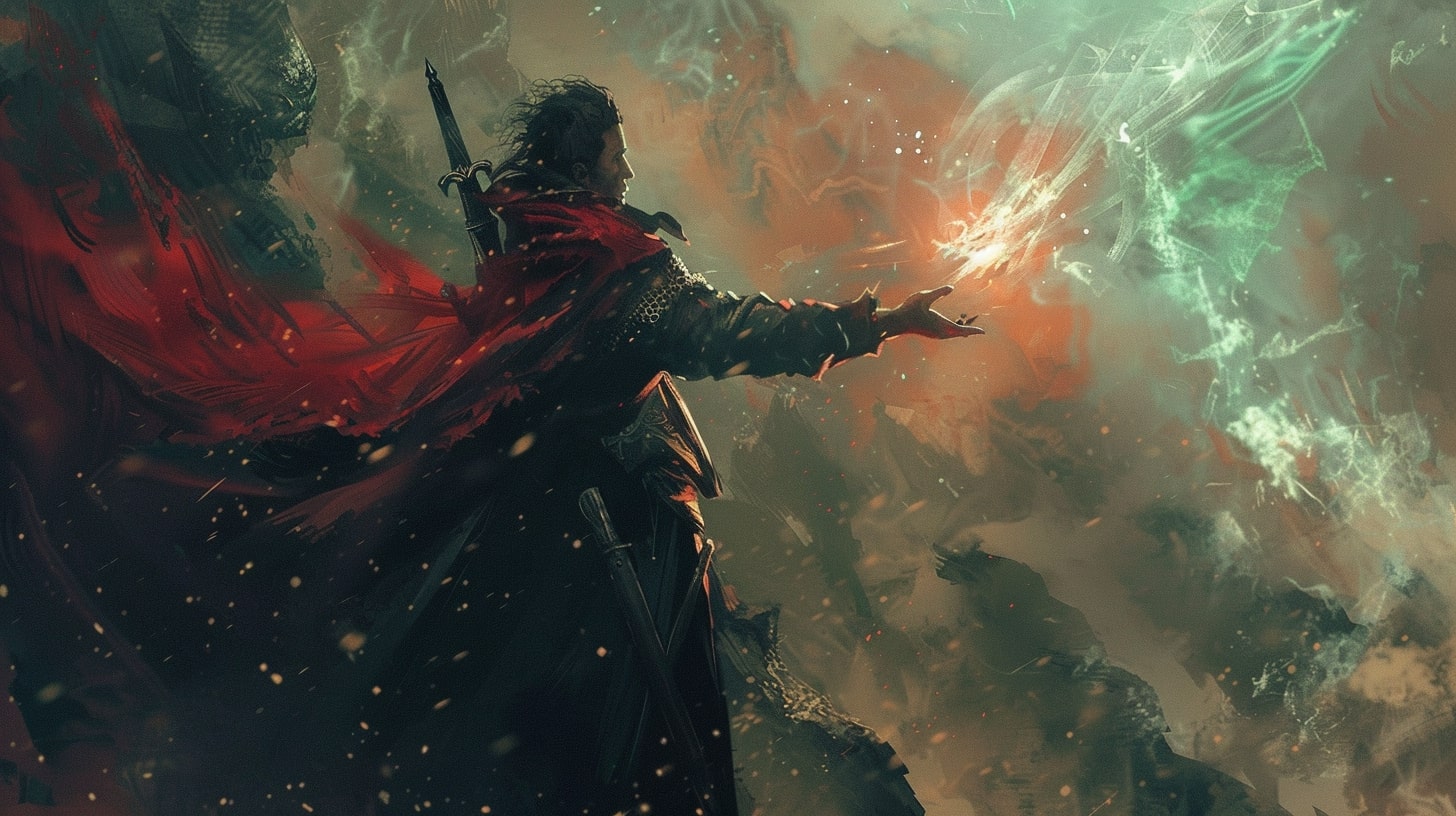Building Memorable Characters
Creating memorable characters is an essential part of storytelling. After all, who wants to read a story with forgettable characters? Character personality traits play a significant role in making your characters stand out and resonate with readers.
So, let’s dive into why personality traits are important and how to craft them in a way that leaves a lasting impression on your audience. It’s time for some character development.
The Importance of Personality Traits
Personality traits are like spices that give your characters flavor and depth. They shape how your characters think, act, and interact with the world around them. Think about it – would you rather read about a bland, one-dimensional character or one who has quirks, strengths, and weaknesses that make them relatable and interesting?
Personality traits make your characters relatable, allowing readers to connect with them on an emotional level. They can evoke empathy, sympathy, or even frustration, depending on the traits you choose. These traits also drive character development and influence how your characters respond to challenges and conflicts throughout the story.
How to Craft Memorable Character Traits
Crafting memorable character traits is like creating a recipe for a delicious dish. You need the right ingredients and a pinch of creativity. Here’s a recipe that will help you whip up unforgettable character traits:
Mix and match: Combine a variety of traits to create unique characters. Think about their strengths, weaknesses, and quirks. Maybe your character is fiercely loyal but has a tendency to be overly cautious. Experiment with different combinations to find the perfect blend.
Avoid stereotypes: While it may be tempting to rely on stereotypes, it’s important to create characters that break the mold. Instead of falling into clichés, surprise your readers by giving your characters unexpected traits or subverting expectations.
Add a dash of contradiction: Real people have contradictions, and so should your characters. Consider giving them traits that seem contradictory at first glance. This complexity adds depth and intrigue to their personalities.
Consider their backstory: Your character’s backstory can shape their personality traits. Think about their upbringing, experiences, and past traumas. These factors can influence their behavior and motivations, making them more realistic and relatable.
Let them evolve: Characters should grow and change throughout the story. As they face challenges and overcome obstacles, their traits can develop and transform. This evolution adds depth to their character arcs, making them more compelling.
By following this recipe, you can craft characters with personality traits that will captivate your readers and keep them invested in your story. Remember, the key is to create a unique blend of traits that make your characters feel like real people.
In the next section, we’ll dive deeper into understanding personality traits and explore the Big Five Personality Traits, a framework that can help you further develop your characters. But first, let’s grab our character development worksheet from here and start cooking up some unforgettable characters!

Understanding Character Personality Traits
In the vast landscape of character development, personality traits play a central role in creating memorable and relatable characters. But what exactly are personality traits, and how can you use them effectively in your writing? Let’s dive in and find out!
What Are Personality Traits?
Personality traits are the unique qualities and characteristics that define an individual and shape their behavior, thoughts, and emotions. They are like the spices that give flavor to your characters, making them distinct and interesting. Think of personality traits as the ingredients that make up a delicious character stew!
When crafting your characters, you can choose from a wide array of personality traits to create a diverse and dynamic cast. From introverted to extroverted, from courageous to fearful, each trait adds depth and complexity to your characters.
The Big Five Personality Traits
One popular framework for understanding personality traits is the Big Five model. This model categorizes personality traits into five broad dimensions:
- Openness to experience: This trait reflects a person’s curiosity, imagination, and willingness to embrace new ideas and experiences.
- Conscientiousness: People high in conscientiousness are organized, responsible, and diligent. They value order and strive for achievement.
- Extraversion: Extraverted individuals are outgoing, social, and energized by interactions with others. They thrive in social settings and draw energy from being around people.
- Agreeableness: This trait pertains to how individuals interact with others. Agreeable people are friendly, cooperative, and considerate, often putting the needs of others before their own.
- Neuroticism: Neuroticism refers to a person’s emotional stability. Individuals high in neuroticism may experience negative emotions more intensely and be prone to anxiety and mood swings.
By considering these dimensions, you can create characters with a range of personalities that interact and clash in intriguing ways.
| Personality Trait | Description |
|---|---|
| Openness to experience | Example: A character who is open to experience might be an artist who constantly seeks inspiration and is always willing to try new techniques and styles. |
| Conscientiousness | Example: A highly conscientious character could be a meticulous detective who meticulously follows leads and leaves no stone unturned in their pursuit of justice. |
| Extraversion | Example: An extraverted character might be a party-loving socialite who thrives in the spotlight and is always the life of the party. |
| Agreeableness | Example: An agreeable character could be a selfless nurse who goes above and beyond to provide comfort and care to their patients. |
| Neuroticism | Example: A character with high neuroticism may be a neurotic comedian who uses self-deprecating humor as a coping mechanism for their intense emotions and insecurities. |
Understanding these personality traits can help you create well-rounded characters that feel real and relatable to your readers. Remember, each trait is like a brushstroke on the canvas of your character, contributing to their overall personality portrait.
Now that we’ve explored the basics of personality traits, let’s move on to the next section and discover how to choose the right traits for your characters.

Choosing the Right Traits
To create compelling and memorable characters, it’s crucial to choose the right personality traits that align with their goals and aspirations. By carefully selecting these traits, you can bring your characters to life and make them relatable to your readers.
Here are two key considerations when choosing the traits for your characters: aligning traits with character goals and balancing positive and negative traits.
Aligning Traits with Character Goals
When developing your characters, it’s important to consider their goals and motivations. The traits you assign to them should support and align with their objectives.
For example, if your character’s goal is to become a successful entrepreneur, traits such as ambition, determination, and resourcefulness would be fitting. On the other hand, if your character aspires to be a compassionate healer, traits like empathy, patience, and kindness would be more appropriate.
By aligning the traits with the character’s goals, you create a cohesive and believable portrayal. This alignment also helps to drive their actions and decisions throughout the story. To further explore character goals and objectives, check out our article on character goals and objectives.
Balancing Positive and Negative Traits
No character is perfect, and including a mix of positive and negative traits adds depth and complexity to their personality. Positive traits can make characters likable and relatable, while negative traits can create conflict and challenges. Striking a balance between these two types of traits helps to create well-rounded and realistic characters.
Consider giving your characters a blend of strengths and weaknesses. For example, a character who is intelligent and resourceful might also be stubborn and impatient. This combination adds layers to their personality and makes them more human.
It’s important to note that negative traits should not overshadow the positive ones, as this can make it difficult for readers to connect with the character. For more information on character traits and flaws, check out our article on character traits and flaws.
By choosing traits that align with character goals and balancing positive and negative traits, you can create dynamic and captivating characters. Remember to consider the specific traits that suit your character’s personality and story arc. Now that you have an understanding of how to choose the right traits, let’s move on to exploring techniques for creating dynamic characters.
Creating Dynamic Characters
To make your characters truly come alive on the page, it’s important to infuse them with complex and contradictory traits and allow their traits to evolve throughout the story. This adds depth and realism to your characters, making them more relatable and engaging for your readers.
Complex and Contradictory Traits
In real life, people are not one-dimensional, and neither should your characters be. By giving your characters a mix of both positive and negative traits, you create a sense of complexity and make them feel more human. Consider traits that may seem contradictory on the surface but can coexist within a person.
For example, a character can be both confident and insecure, brave yet fearful, or compassionate but quick-tempered. These contradictions add layers to their personality and make them more interesting to explore. It’s through these complexities that conflicts, personal growth, and character arcs can be forged.
Evolving Traits Throughout the Story
Just as people change and grow over time, your characters should also experience growth and transformation throughout your story. Their traits should not remain static but should evolve in response to the events and challenges they encounter.
For instance, a character who starts off as naive and trusting may develop a sense of skepticism and self-reliance after being betrayed. Or a character who begins as pessimistic and closed off may gradually learn to trust and open up as they form meaningful relationships.
These evolving traits can be influenced by the character’s experiences, relationships, and personal goals. By allowing your characters to change and adapt, you create opportunities for character development and create a more engaging narrative.
Remember, the key to creating dynamic characters is to make them feel like real people. By incorporating complex and contradictory traits and allowing for character growth and transformation, you can craft characters that resonate with your readers and leave a lasting impact.
In the next section, we will explore specific examples of memorable character traits, such as quirky habits and mannerisms, unique speech patterns or catchphrases, and unusual hobbies or interests. These details can further enhance your characters and make them even more memorable.
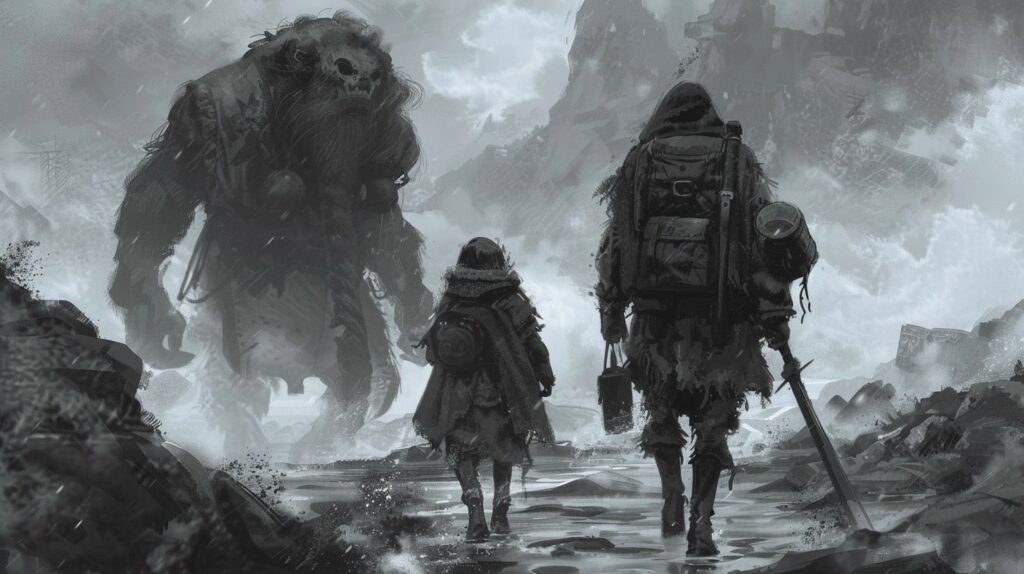
Memorable Traits Examples
Creating memorable characters involves infusing them with unique traits that make them stand out in the minds of readers. Here are some examples of memorable traits that can add depth and charm to your characters:
Quirky Habits and Mannerisms
Quirky habits and mannerisms can make a character instantly recognizable and endearing. These idiosyncrasies can range from a character’s tendency to tap their foot when nervous, to their habit of collecting unusual trinkets. Quirks like twirling hair, constantly misplacing objects, or speaking in rhymes can bring a touch of humor and individuality to your characters.
| Character Name | Quirky Habit/Mannerism |
|---|---|
| Jack | Always wears mismatched socks |
| Lucy | Talks to plants and believes they understand her |
| Max | Sniffs every book before reading it |
Unique Speech Patterns or Catchphrases
Giving your characters unique speech patterns or catchphrases can make them instantly recognizable and memorable. Whether it’s a peculiar accent, a tendency to use certain expressions, or a distinctive way of speaking, these linguistic traits can add depth and authenticity to your characters.
| Character Name | Unique Speech Pattern/Catchphrase |
|---|---|
| Beatrice | Ends every sentence with “darling” |
| Oliver | Uses elaborate metaphors in everyday conversation |
| Emily | Prefers to communicate through sarcastic remarks |
Unusual Hobbies or Interests
Unusual hobbies or interests can make your characters fascinating and provide opportunities for interesting plot points and interactions. Whether it’s an obsession with collecting antique spoons, an uncanny talent for solving crossword puzzles, or a passion for unicycling, these unique hobbies can add layers to your characters and make them more relatable.
| Character Name | Unusual Hobby/Interest |
|---|---|
| Mia | Enjoys knitting sweaters for her pet iguana |
| Ethan | Collects vintage typewriters and restores them |
| Grace | Practices archery in her spare time |
By incorporating these memorable traits into your characters, you can make them more vibrant and engaging. Remember, it’s the combination of these traits with a well-rounded development that brings your characters to life. For more tips on developing well-rounded characters, check out our article on character development techniques.
Putting It All Together
Now that you have a good understanding of developing memorable character traits, it’s time to put it all together and create well-rounded characters that drive your story forward.
Developing Well-Rounded Characters
When developing your characters, it’s important to think beyond their personality traits. Consider their backstory, motivations, and relationships with other characters. This will help you create multi-dimensional and relatable individuals that readers can connect with.
To get started, you can use a character development worksheet to flesh out the details of your characters. This will guide you through various aspects such as their appearance, history, and goals.
Additionally, think about how your characters grow and change throughout the story. A compelling character arc adds depth and allows readers to witness their transformation. Explore the psychological development of your characters and how their experiences shape their behavior and beliefs.
Using Traits to Drive Plot and Conflict
Character traits can play a significant role in driving the plot and creating conflict. Consider how certain traits can lead to internal conflicts within your characters. For example, a protagonist with a fear of commitment may struggle to maintain a stable relationship, leading to tension and obstacles in their journey.
Furthermore, your characters’ traits can clash with those of other characters, leading to external conflicts. These conflicts can arise from differences in beliefs, values, or goals. By creating dynamic interactions between characters, you can generate compelling conflicts that keep readers engaged.
Remember to utilize your characters’ traits to reveal information, advance the plot, and create memorable scenes. Use their unique traits to shape their dialogue and voice, making them distinct and authentic. For more guidance on crafting compelling dialogue, check out our article on character dialogue and voice.
By focusing on developing well-rounded characters and utilizing their traits to drive plot and conflict, you can create stories that resonate with readers and leave a lasting impact.
Now, go forth and breathe life into your characters! Happy writing!
